
Science is about more than just memorizing equations and using formula sheets. It’s a way of exploring and discovering things about the world around us. It can be learned by anyone, anywhere – and it can teach you a lot about style.
Over the next few months, I’m going to be explaining how science can apply to your wardrobe and showing you the places in which fashion and science intersect. (It’s more places than you think!)
Last time, we talked about the science of reducing stress. Today, I’ll be taking about how different types of stain removers work to fix your clothes, and which ones to use for which type of stain.
Table of Contents
Abstract:
I’m going to let you in on a secret: I’m extremely accident-prone. From splattering tomato sauce onto my sleeve during dinner, to dropping tea down the front of my sweater during breakfast, or slipping and falling into a mud puddle while rushing off to class, my clothes always come into contact with the very same substances that I’m most supposed to protect them from. Just this week, I was sorting through my wardrobe to rotate in some of my spring clothes, and I realized just how many of my favorite winter sweaters are somehow covered in mysterious stains. Aside from wearing black every day, what’s a girl to do?
Enter stain removers: from the tried-and-true home remedies to the newest thing being sold on TV, there are dozens of ways to supposedly undo any unfortunate stain you might put into your clothes.
Basically, stain removers use some basic principles of chemistry in order to effectively clean your clothes. These principles can basically be divided into three main categories, which are then combined to target specific types of stains.
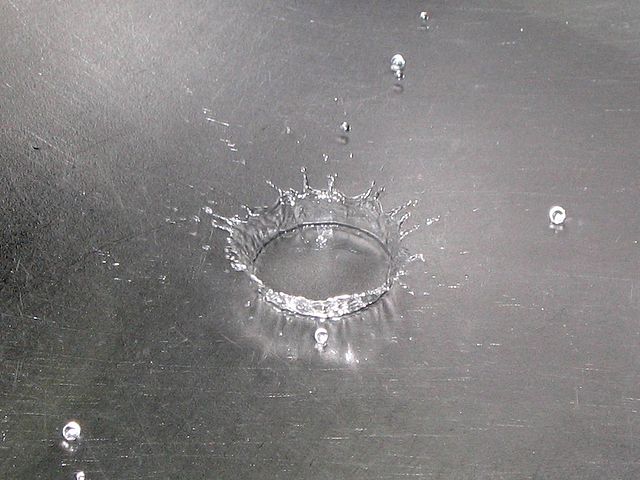
The simplest way to remove stains is by dissolving them. This just requires soaking dirty fabrics in some liquid (e.g. water, or club soda), and allowing the particles that are causing the stain to lift away from the fabric.

The best method to remove oily stains is through washing them away. This requires a chemical known as a surfactant or an emulsifier, which is a substance that allows oily substances to mix with water.
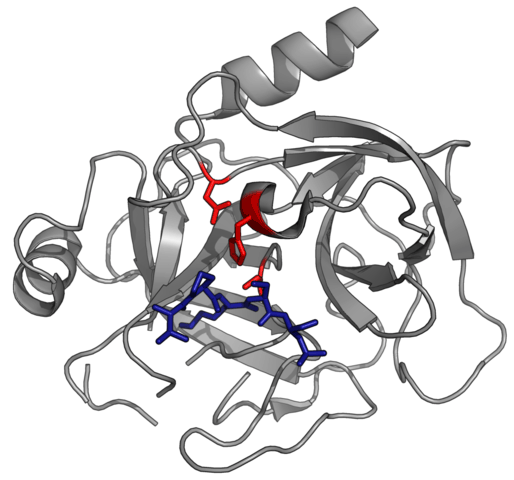
Some stains are stubborn because they have chemically bonded to the fabric. To remove these, a stain remover must digest the molecule that is causing the stain. Stubborn stains can generally be grouped into two classes – protein stains and non-protein stains – which each require different chemicals to be removed.
Methods:
Figure 1: Dissolving a stain
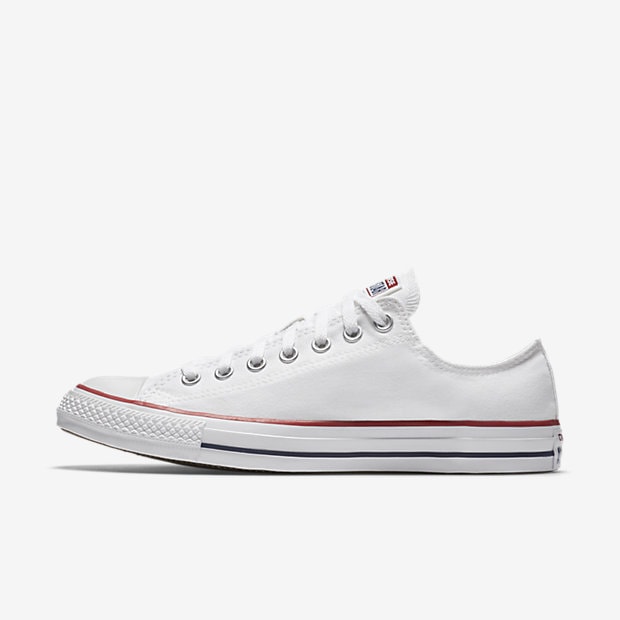
Oh, no – you spilled a soda on your new tennis shoes. How do you fix them? Soaking in water is most effective for dissolving salty or sugary stains – so it’s your best bet.
Figure 2: Washing a stain
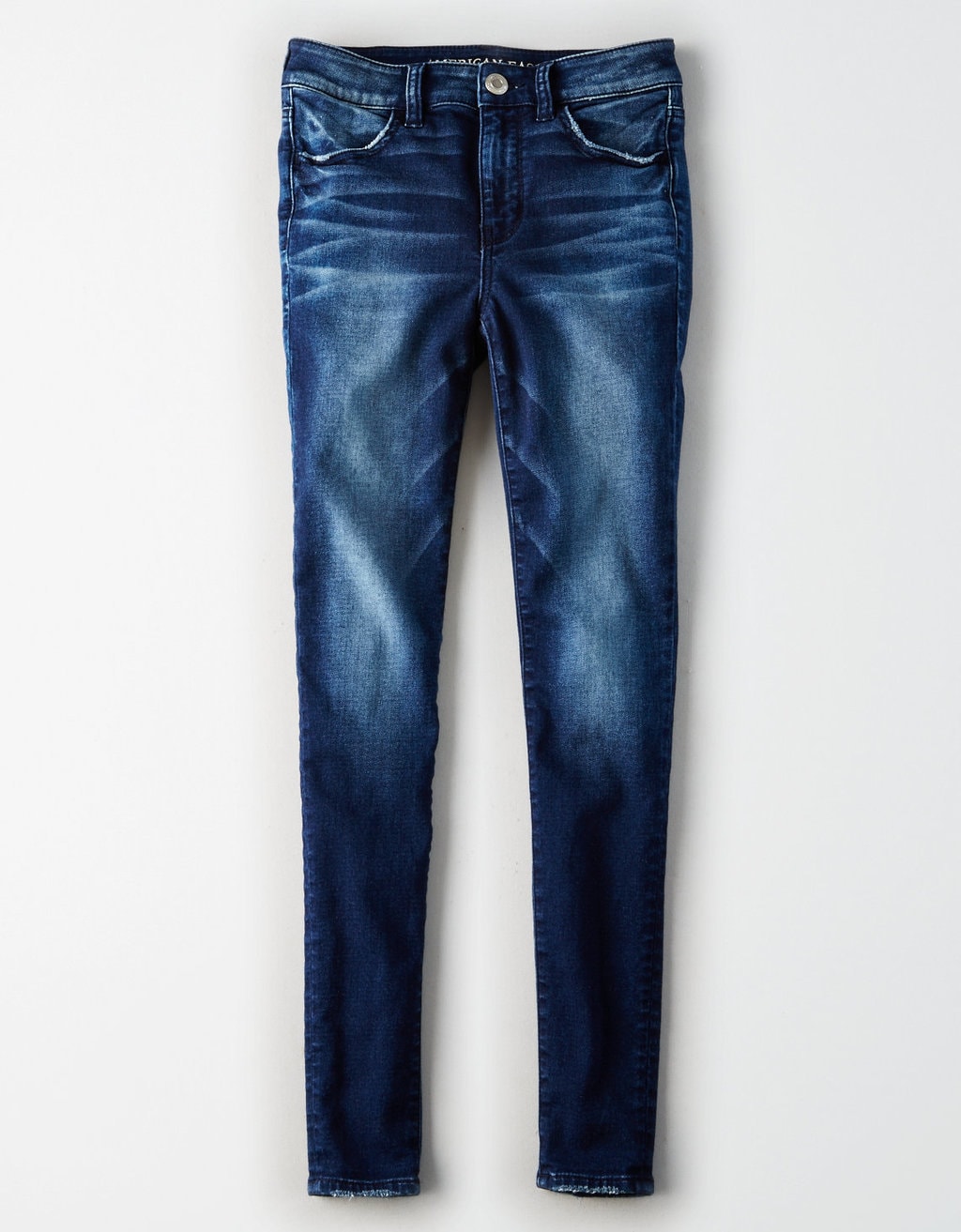
Remember that time you were making pancakes in your kitchen, and the butter jumped right out of the dish and onto the leg of your jeans? Stain removers to the rescue! Dish soap contains surfactants, which means it can be used to remove greasy stains like bicycle grease or butter.
Figure 3: Digesting a stain
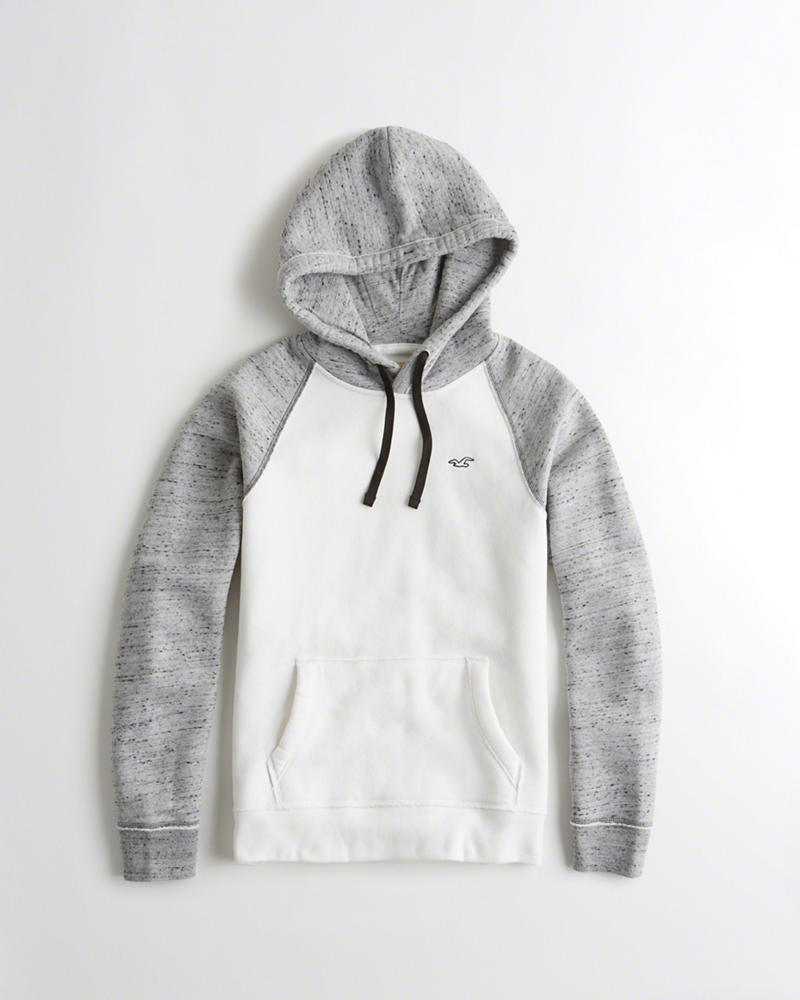
You were drinking coffee in your favorite hoodie one morning, when you were surprised by your roommate opening the door. Is it ruined? Not just yet. After a quick patch test to make sure you don’t ruin the fabric, try spraying it down with diluted vinegar or hydrogen peroxide. Or refer to the bullets below to see what you should use:
Protein stains require enzymes to be broken down – so look for a product including ingredients known as proteases to remove blood, grass, or sweat stains. (This natural stain remover spray contains these enzymes.)
Non-protein stains require a class of chemical known as oxidants to be broken down – so turn to bleach, hydrogen peroxide, or borax to remove stains like tea, coffee, or red wine. (Just be sure to test them on an inconspicuous area first, as these can remove color from non-colorfast fabrics.)
Results:
What are your best stain removal methods? Do you have any go-to ways to save your hard-wearing clothes? Let us know in the comments below!

Dish soap works well also on sweat stains. Lipstick, pen and some ink stains, if fresh, can be removed by soaking the fabric in rubbing alcohol and washing right away.